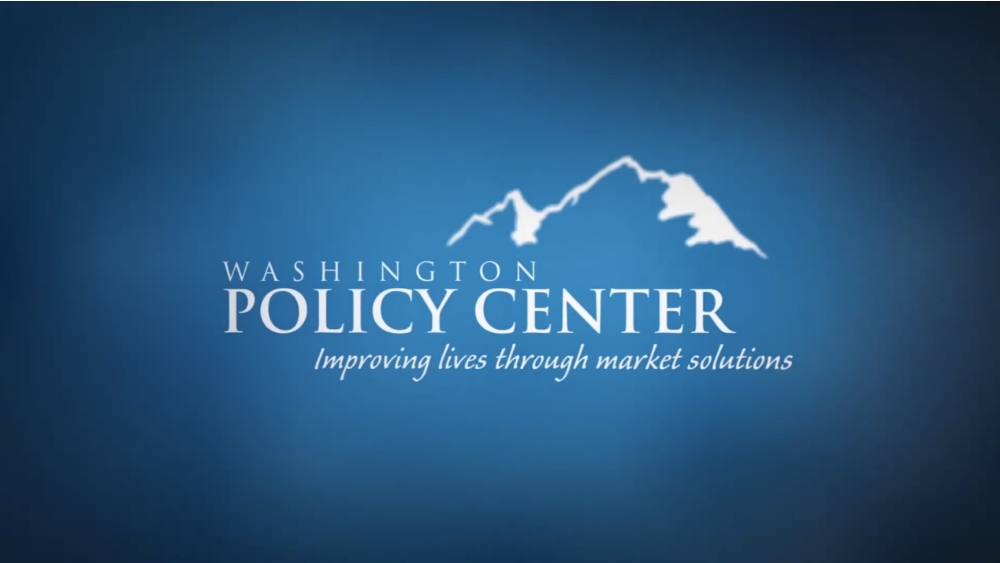Related Articles
Relevant Topics
This year, the environmental community is making protection of the environmental budget one of its top "priorities." The lobbyist for the Washington Environmental Council told the Associated Press, "Many of these programs are close to being decimated."
Unfortunately, they haven't always been so careful about setting priorities, supporting budget expenditures in the past that were more about politics than environmental benefit.
In the sixth part of our series, we note the continued efforts by the environmental community to push for Low Impact Development standards.
Regulations that require construction to meet Low Impact Development (LID) standards are not new. They are part of the evolving world of land use aimed at reducing the amount of pollutants that enter the environment by attempting to mimic, through capture and infiltration techniques, pre-development conditions.
During the past few years, efforts to develop and impose these new restrictions have cost taxpayers millions. For instance, between 2004 and 2008 the state spent approximately $500,000 on just one consulting firm responsible for working with local governments to implement LID standards. Communities, however, have not implemented LID rules, finding they are difficult and costly to apply and that current regulations are sufficient.
Despite the high costs environmental groups have pushed to make stormwater regulations, through the use of LIDs, more restrictive.
Common LID techniques include retention of large areas of native vegetation, narrower roads, fewer sidewalks, rain gardens, green roofs, etc. In many cases, developers and other industry partners like engineers, are at the forefront of introducing innovative techniques to deal with stormwater challenges.
Since 1992 the state has had at least three major revisions to its stormwater manual and in 2007 the state issued new requirements. But the release of the new permit requirements, however, brought new rounds of ongoing legal challenges. In particular, environmental groups have argued that stormwater regulations didn’t go far enough and that more prescriptive methods for dealing with stormwater should be adopted by the state.
As a result of the environmental community’s legal challenge, the Pollution Controls Hearing Board, a three-person board for appeals to state environmental regulation, ruled the state must implement LID regulations. The Board said, “Ecology must require LID techniques for all new development where feasible.”
The costs of implementing LID regulations around the Puget Sound are significant. Millions of taxpayer dollars have been set aside for grants to develop LID guidelines. In addition, many hours of staff time at the state and local government level have been used to write, and re-write development standards, even though our research shows that few local governments have adopted any of these costly LID regulations.
Why? Most local officials believe the one-size-fits-all approach promoted by environmental groups, and the state, simply would not work for their community. Most officials say there is a greater need for flexibility in the application of LID techniques. Others cite the existing stormwater manuals and development regulations that already include LID allowances, making it unnecessary to adopt tighter measures.
Despite the concerns raised by local policymakers concerning a prescriptive top-down approach on stormwater standards, environmental groups and the state continue to push forward, developing new LID rules expected to be released later this year.
The fact that they are willing to push on with policies that rarely are adopted and unnecessary, while spending millions of dollars, qualifies LIDs for our series on Green Waste.


